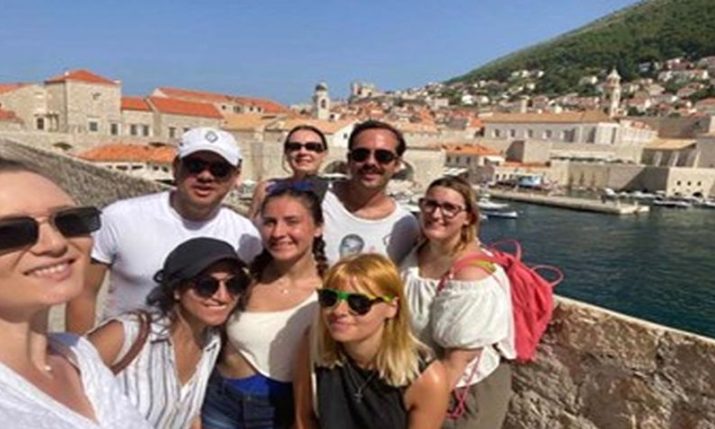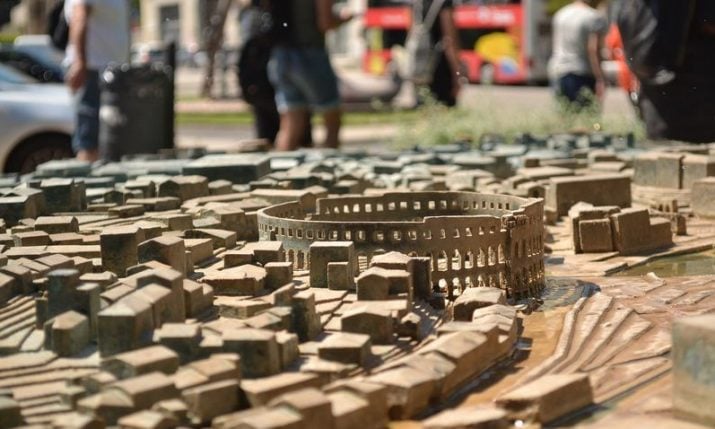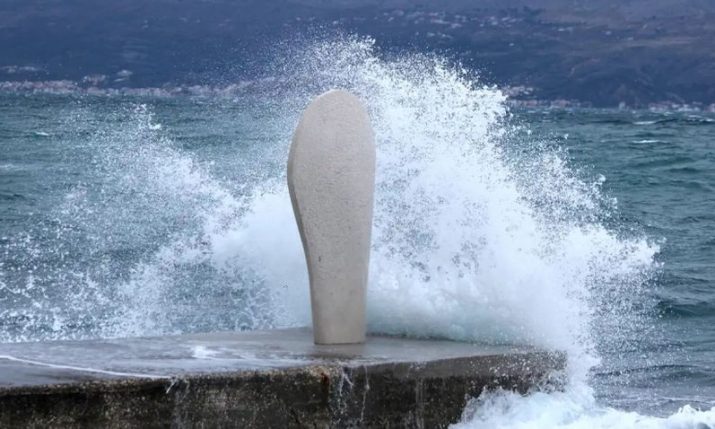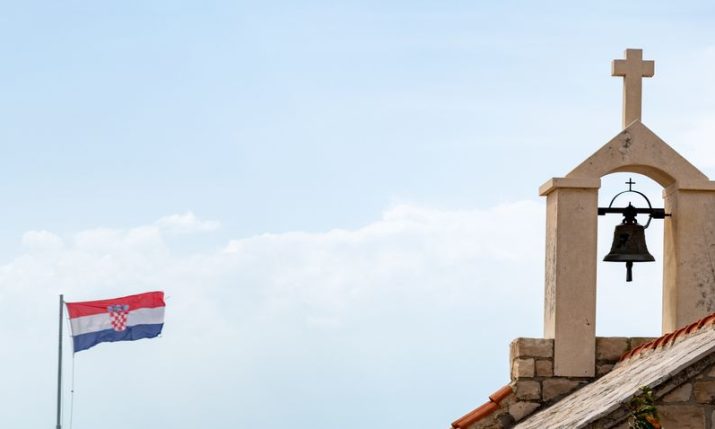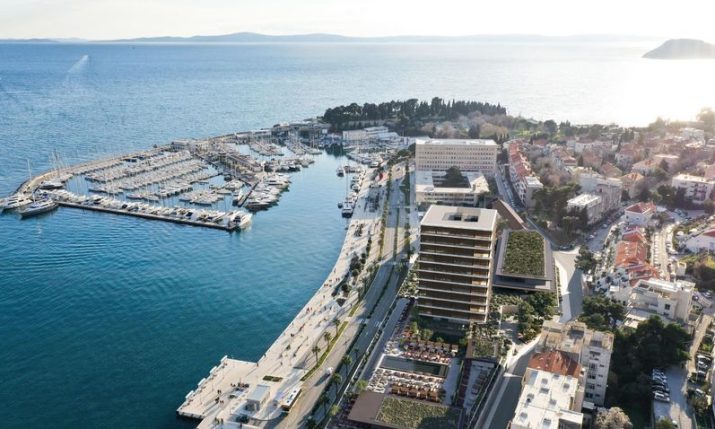First regional dry stone wall guide in Croatia
- by croatiaweek
- in News
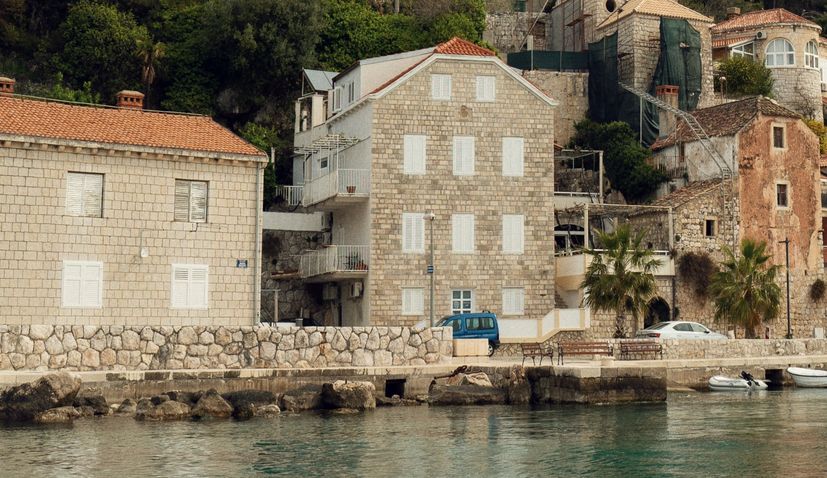
In the heart of Šibenik-Knin County, Croatia, stretches a network of kilometres-long dry stone walls and magnificent stone huts—impressive creations crafted entirely by human hands, using stones without any binding material.
This cultural legacy is now encapsulated in the first regional dry stone wall guide in Croatia. The first Croatian regional dry stone guide covers 59 sites, showcasing carefully selected examples, some of which are published for the first time.
Designed not only for the artisans of stone lace but also for its owners and researchers, the guide delves into the history, protection, and maintenance of these unique structures.
It provides a glimpse into the exceptionally rich local dry stone heritage.
Jadran Kale, the guide’s author, emphasises the significance of these walls as more than just structures. “We truly have the largest and highest examples, where, for example, in vineyards, people can live for months during the cultivation process or while tending to livestock. Shepherds have created phenomenal terraces in the landscape,” Kale, told HRT.
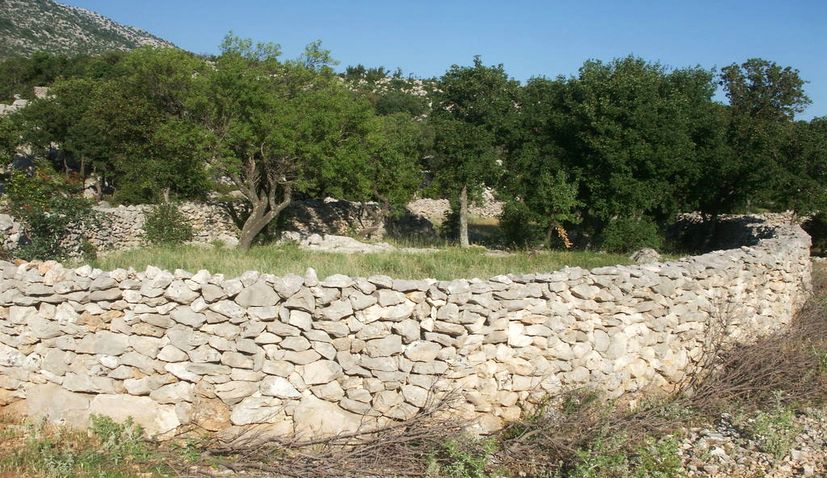
(Photo credit: Joadi/CC BY-SA 3.0)
The guide advocates for the preservation of these walls, considering them symbols of human effort. The Šibenik-Knin region stands out not only for the grandeur of its dry stone structures but also for their diversity and density compared to other Adriatic regions, as noted by Filip Šrajer, the guide’s reviewer.
Stone by stone, these walls were meticulously erected both inland and along the coast. The art of dry stone construction, recognised and protected by UNESCO, stands as a testament to folk urbanism, defining property boundaries and preserving landscapes.
In Kurnati, walls that have withstood the test of time for over a century are a testament to the craftsmanship of the builders.
“Those owned by wealthier farmers are considered better and more aesthetically pleasing,” notes Ive Šikić Bažokić, a dry stone wall builder.
This guide not only serves as a promotion of folk dry stone building heritage but also honuors the perseverance and ingenuity of the “old ones.” Mate, a local resident, succinctly describes the essence of dry stone construction: “Dry stone—because it is made from the stones themselves.”
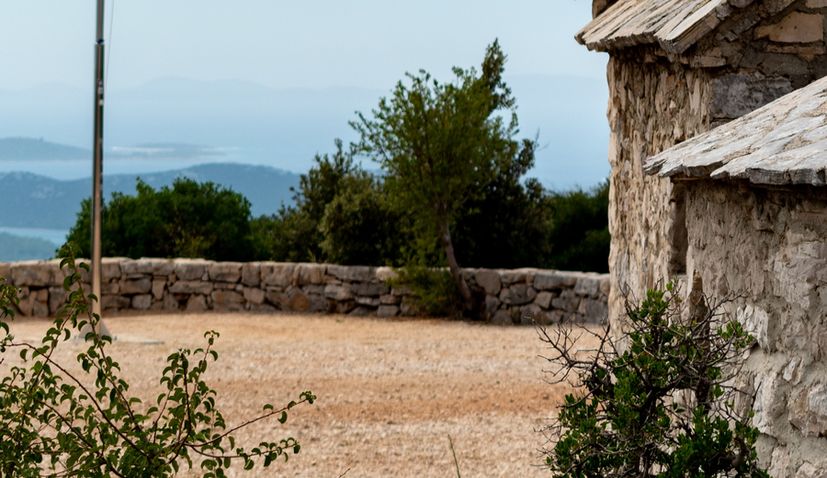
Preserving the Past: Traditional dry stone walling in Croatia
Heritage is a continuum of past, present, and future, and as long as these structures stand, they will continue to tell the story of the region.
“I think it’s great that we’ve created a chronological timeline so that you can precisely see, through the events, which are old and which are young. We truly cover everything from prehistory to the Kornati crosses,” highlights Kale.
The guide’s primary aim is to entice curious individuals to explore the coordinates of dry stone structures and experience the most captivating impressions of this unique landscape. The heritage lives on—connecting the past, present, and future of Šibenik-Knin County.



